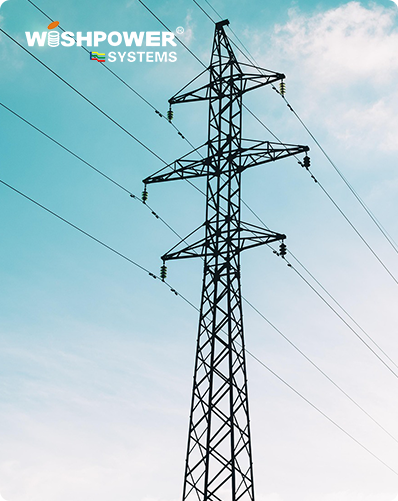

 Apr.16,2025
Apr.16,2025
 Wishpower
Wishpower
 163
163
Transformers play a critical role in modern electrical systems. Whether in power plants, factories, or residential areas, transformers help manage voltage levels to ensure the safe and efficient flow of electricity. But what is the job of a transformer? This article explores the function of transformers, how they work, and why they are vital for electrical infrastructure.

The main job of a transformer is to change the voltage level of electricity. This process is known as “electromagnetic induction,” where energy is transferred between circuits without direct contact. Transformers either step up (increase) or step down (decrease) voltage depending on the application.
Efficiency: High voltage transmission reduces energy loss over long distances.
Safety: Lower voltage is needed for home appliances and office equipment.
Stability: Voltage control helps prevent overloading or damaging electrical devices.
A transformer works based on the principle of electromagnetic induction. It consists of two coils — the primary coil and the secondary coil — wrapped around a magnetic core.
Step-Up Transformer: Increases voltage for transmission (e.g., from power plants).
Step-Down Transformer: Decreases voltage for distribution to homes or businesses.
Power generation and transmission systems
Industrial manufacturing plants
Commercial and residential power supply
Medical equipment and data centers
So, what is the job of a transformer? Simply put, its job is to ensure the safe and efficient transfer of electrical energy by modifying voltage levels. Whether stepping up voltage for transmission or stepping it down for household use, transformers are the backbone of modern power systems.

